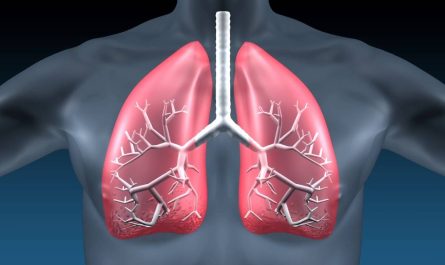Primary sclerosing cholangitis (PSC) is a rare progressive liver disease that is characterized by chronic inflammation and scarring of the bile ducts within the liver. This condition continues to mystify doctors as its exact causes remain unknown. While it is a relatively uncommon disease affecting around 5-10 individuals per 100,000, PSC poses serious health risks if left untreated. In this article, we will take a closer look at PSC – from its causes and symptoms to diagnosis and treatment options.
What causes PSC?
The underlying cause of PSC is not yet fully understood. However, research has pointed to a few key factors that may play a role:
Genetics: Having a family history of PSC, inflammatory bowel disease (IBD), or certain immune-related conditions increases one’s risk. This suggests genetics could be involved.
Immune System Issues: PSC is considered an autoimmune disorder where the immune system mistakenly attacks the body’s own tissues. Dysregulation of the immune response in the liver may trigger chronic inflammation in PSC.
Gut Microbiome: Changes in the balance of gut bacteria have been linked to other autoimmune diseases. There is ongoing research into whether or how the microbiome may contribute to PSC.
Environmental Triggers: Factors like infections, medications, or environmental toxins are theorized to act as triggers in genetically susceptible individuals. But no definitive external cause has been identified.
Symptoms and Diagnosis
The symptoms of PSC can vary based on the stage and severity of the disease. In the early stages, people may experience no symptoms at all. As the condition progresses, common complaints include:
– Fatigue
– Itchy skin
– Jaundice
– Abdominal pain
– Nausea and diarrhea
– Fever
– Weight loss
Diagnosis usually involves a series of tests. Blood tests can detect liver enzyme abnormalities and other markers. Imaging tests like ultrasound, CT, or MRI help visualize the bile ducts. The gold standard diagnostic test is an endoscopic retrograde cholangiopancreatography (ERCP) where a small camera is inserted to directly view the bile ducts. A liver biopsy may also be done to examine tissue samples.
Differential Diagnoses and Disease Management
Since Primary Sclerosing Cholangitis symptoms overlap with other liver disorders, doctors consider alternative causes through differential diagnosis. Conditions like primary biliary cholangitis (PBC), cirrhosis, and gallbladder disease enter the initial differential.
There is no cure for PSC, so treatment aims to slow disease progression, manage symptoms, and prevent complications. Mild cases may only require monitoring via regular blood work and imaging. More advanced cases involve additional therapies:
– Ursodeoxycholic acid (UDCA) – This oral medication has modest effects in improving liver tests and delaying disease progression.
– Antibiotics – Used short-term during liver transplant to prevent infection from gut bacteria translocation.
– Endoscopic retrograde biliary drainage – Placing stents to relieve blockages and slow bile build-up when ducts are narrowed by scarring.
– Liver transplantation – Considered for advanced scarring that causes decompensation like jaundice, bleeding, infections, fluid retention, or liver cancer development. Lifelong immune suppression is required after transplant.
Prognosis and Outlook
The long-term prognosis of PSC depends on how rapidly the disease progresses. Some experience stable symptoms for years on UDCA, while others see rapid worsening. Approximately 50% of PSC patients will require transplantation within 10-20 years of diagnosis due to complications of advanced scarring like cirrhosis and liver cancer.
PSC remains an area of ongoing research with no cure currently available. However, earlier diagnosis and management of symptoms is key to slowing disease progression and preserving liver function for as long as possible. Multidisciplinary care teams help provide comprehensive support for patients coping with this challenging condition. While the future remains uncertain, advancements in genetics, microbiome research, and transplantation continue to shape a more hopeful outlook.
*Note:
1. Source: Coherent Market Insights, Public sources, Desk research
2. We have leveraged AI tools to mine information and compile it.




